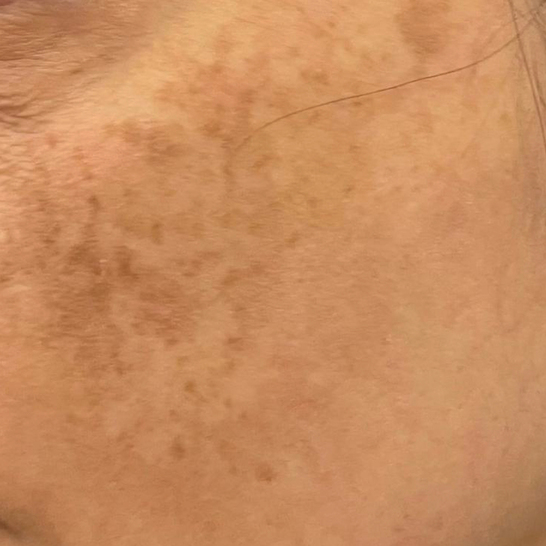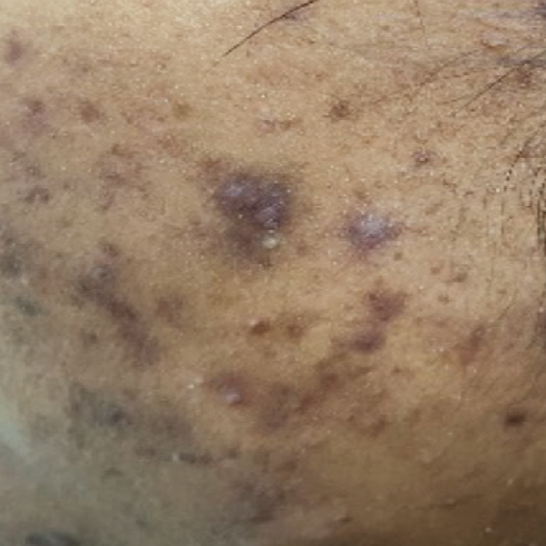
By Assoc. Prof. Dr. Kwan Zhenli
Assoc. Prof. Dr. Kwan Zhenli is a consultant dermatologist at the UM Specialist Centre and a medical lecturer at Universiti Malaya, Kuala Lumpur.

It’s not a pretty sight, really. The local beauty industry is in crisis mode and consumers seem unaware of this. Malaysia has a significant problem with harmful skincare products from all over the world that many are using, oblivious to their dangers.
Health authorities have been issuing multiple warnings regarding these products that have infiltrated our market. As recent as September last year, the Health Ministry banned the sale of another two over-the-counter products containing ingredients that by law need to be registered with the Drug Control Authority and administered only by health professionals.
These kinds of announcements have become a norm over the past decade. The rates at which these products enter the market through varied platforms make it challenging for our enforcers to weed out the acceptable from the hazardous.
It doesn’t help either that these products are so readily available at pharmacies, ethnic shops, flea markets and more importantly through online platforms worldwide. People are using them freely and many are already facing unpleasant side effects leading to a cry for greater transparency and stricter enforcement.
Harmful ingredients in common skincare products
There are many ingredients in use currently but mercury and hydroquinone are by far the most common harmful ingredients in over-the-counter skincare products. Both are very efficient at inhibiting the pigment (melanin) that gives skin its colour, thus making people appear fairer. As expected they are predominantly used in skin-lightening products for clearing dark spots, acne scars and evening out skin tone.
Their dangers are truly invisible to users. Experts complain ingredients listed on these products are often incomplete. Mercury at best is occasionally listed on the packaging and its concentration indicated, but often, its presence and true concentration are conveniently missing, leaving consumers seriously misled by what is on the label.
A recent Malaysian study on cosmetic safety found that around 48% of the whitening products tested were not registered with the National Pharmaceutical Regulatory Agency Quest system. More troublingly, among the tested products containing mercury, the mercury concentration levels reached as high as 838,123 parts per million (ppm), when the allowed level is only 1 ppm.
Many of these products containing mercury can be easily purchased although it has been banned in the country. The same can be said for hydroquinone. This compound is already banned in the use of cosmetics in the UK, Australia and Japan and yet it’s still found in products people are using here.
Alarms must be raised over the dangers of overuse and exposure to such toxic elements. If someone is using a high-concentration mercury product, everyone in their household is at risk of exposure. Pregnant mums who use these skin-lightening products are unknowingly poisoning their unborn babies, potentially causing permanent neurological damage to their children.
Initial side effects of mercury poisoning show up as weight loss, tremors, oedema, rashes, fatigue, insomnia, depression, anxiety and irritability. Severe exposure leads to skin, digestive, nerve and kidney toxicity. Some experience a metallic taste in the mouth, muscle weakness, peripheral neuropathy (damage to nerves on the outside of the brain and spinal cord), depression, psychosis, anxiety, dizziness, headache and even vision loss.
The effects of hydroquinone on health are equally sinister. Long-term use is linked to a skin condition called ochronosis which leaves you with unsightly bluish-grey skin patches. Apart from this, hydroquinone also exposes users to acute toxicity if orally ingested leading to ringing in the ears, dizziness, headache, vomiting, difficulty breathing, stomach erosions, cyanosis (bluish discolouration of the skin), seizures and confusion .
So why would anyone knowingly want to go anywhere near these compounds without proper supervision? Everything about these compounds points to the dire need for medical guidance in their usage. Yet, many users continue to self-medicate and later face the unfortunate consequences.
The importance of professional diagnosis and treatment
Anything unsightly on our skin, especially our face or visible part of our body tends to make us reach for a quick remedy. At times these self-bought remedies may help somewhat, but all too often the condition requires something more that only a professional can provide. And for good reason.
The two common skin pigmentation problems that people often tend to self-medicate to their detriment are melasma and post-inflammatory hyperpigmentation:
Melasma shows up on skin, commonly on your cheeks, upper lip, forehead and forearms, presenting as light, dark, or blue-grey patches, often affecting pregnant women. It usually darkens and lightens over time and tends to flare up with hot weather.

Similar to melasma, post-inflammatory hyperpigmentation (PIH) appear as tan, brown, dark brown, or blue-grey patches and spots on your skin. It is your skin’s reaction to an irritation or injury that produces extra melanin. Even an insect bite can trigger PIH but most commonly it’s caused by acne, eczema and impetigo. Laser or light therapies, radiation therapy, and chemical peels can also cause PIH.

Falling prey to harmful ‘quick fixes’
Sudden patches of discoloured skin, red rashes, lumps and bumps all drive the urge to seek a quick fix. Little do they know that these easy and cheap ‘fixes’ contain uncertain ingredients which only make things worse. Identifying what you are dealing with is vital to healing.
Understandably, people are hesitant to rush to specialists at the get-go. But with products of uncertain quality and effectiveness still so readily available, consumers can never be certain what’s going into their skin. Being super vigilant may not be enough when unethical practices continue right under our noses. And suddenly they find themselves victims facing long-term health issues, some of which are irreversible.
Do right by your skin
As your skin is the largest organ in your body, we should give it appropriate attention. With skin conditions, it is important to consult a doctor in order to get the correct diagnosis and suitable treatment in order to address your concerns effectively.
It does sound logical that skin problems should be treated like actual medical conditions. As with any other organ there are multiple triggers that could cause one’s skin to react. And skin specialists are there to identify and treat each one accurately and safely. Why risk your long-term health for an uncertain short-term solution, ridden with high risks? Be informed and do right by your skin. No one else can make that choice for you.
* The views expressed herein are strictly the personal opinion of the writer and do not necessarily represent the views of YamCha Time.







